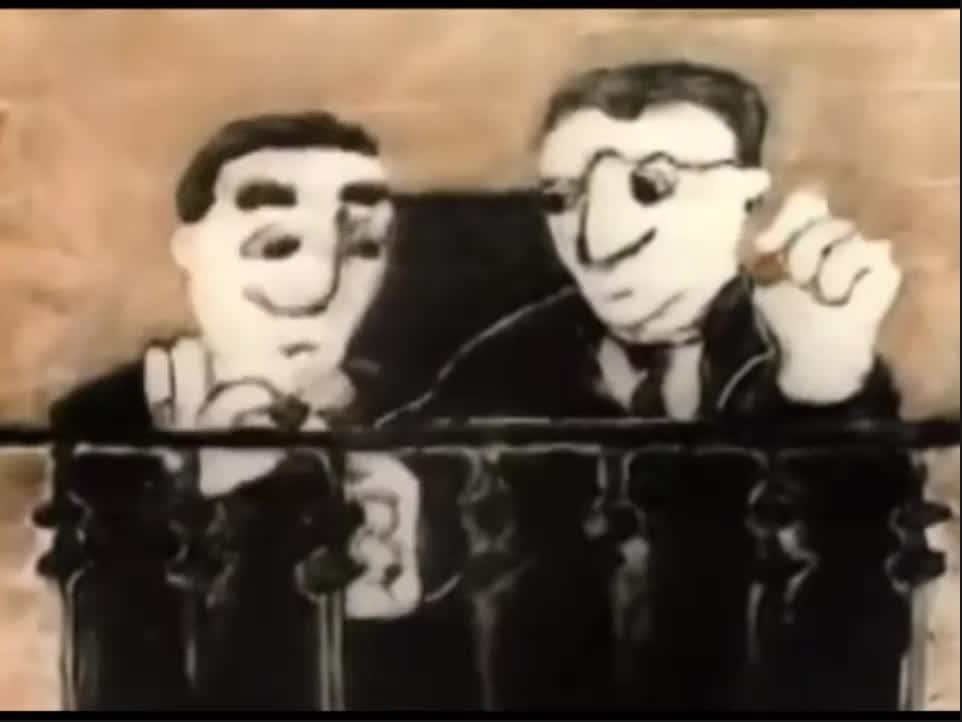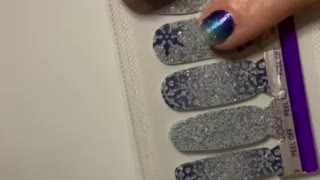Premium Only Content

The Street 1976 : Early use of paint-on-glass
The best-known practitioner of paint-on-glass animation is probably Russia’s Aleksandr Petrov, who’s gotten four Academy Award nominations for his shorts, winning for his 1999 The Old Man and the Sea, a gorgeous adaptation of the famous Ernest Hemingway novel. But the artist most often credited with inventing the technique is pioneering Canadian filmmaker Caroline Leaf, who first used it to make her wondrous 1976 short The Street, based on the story by Mordecai Richler. Leaf has made use of various innovative approaches to animation throughout her career, creating images with sand or by scratching directly on the emulsion of the film itself.
For her paint-on-glass work, she used pigments with retardants mixed in so they wouldn’t dry. After drawing on a white glass background and photographing the result, she’d wipe away the old image with a cloth and redraw the next frame. The result, in The Street (which was also up for an Oscar), is a handcrafted look that conveys the subjectivity and, in the fluidity of how the figures and scenes shift from one moment to the next, the haziness of the recollected past. It’s a style perfectly suited for a story shot through with love and loss — a Montreal man’s memory of a summer when he was a boy and his grandmother was on her deathbed, the whole family keeping vigil nearby while he thinks mostly of the fact that when the woman passes, he’ll finally have his own room.
https://www.vulture.com/article/most-influential-best-scenes-animation-history.html
-
 4:04
4:04
WhidbeyPeter
4 years ago $0.01 earnedBeacon Street
83 -
 0:30
0:30
AmineEzzoubi
4 years agoSwiss street early in the morning in Switzerland
43 -
 0:30
0:30
Raagis
3 years ago $0.01 earnedFunny street dancing
1341 -
 6:20
6:20
br14n_75
3 years ago $0.03 earnedRyu/street fighter.
402 -
 0:27
0:27
br14n_75
3 years ago $0.09 earnedRyu street fighter
3402 -
 0:15
0:15
Gabe3099
4 years agoJ street Chula Vista
62 -
 4:57
4:57
RussellCoinRings
4 years agoRay Street Blues
44 -
 8:42
8:42
daisyblue82
4 years ago $0.06 earnedColor Street tutorial
309 -
 1:01
1:01
StringtigeR
4 years ago $0.75 earnedYonkers Street
5252 -
 0:16
0:16
Cudgie
3 years agoStreet Skating
101